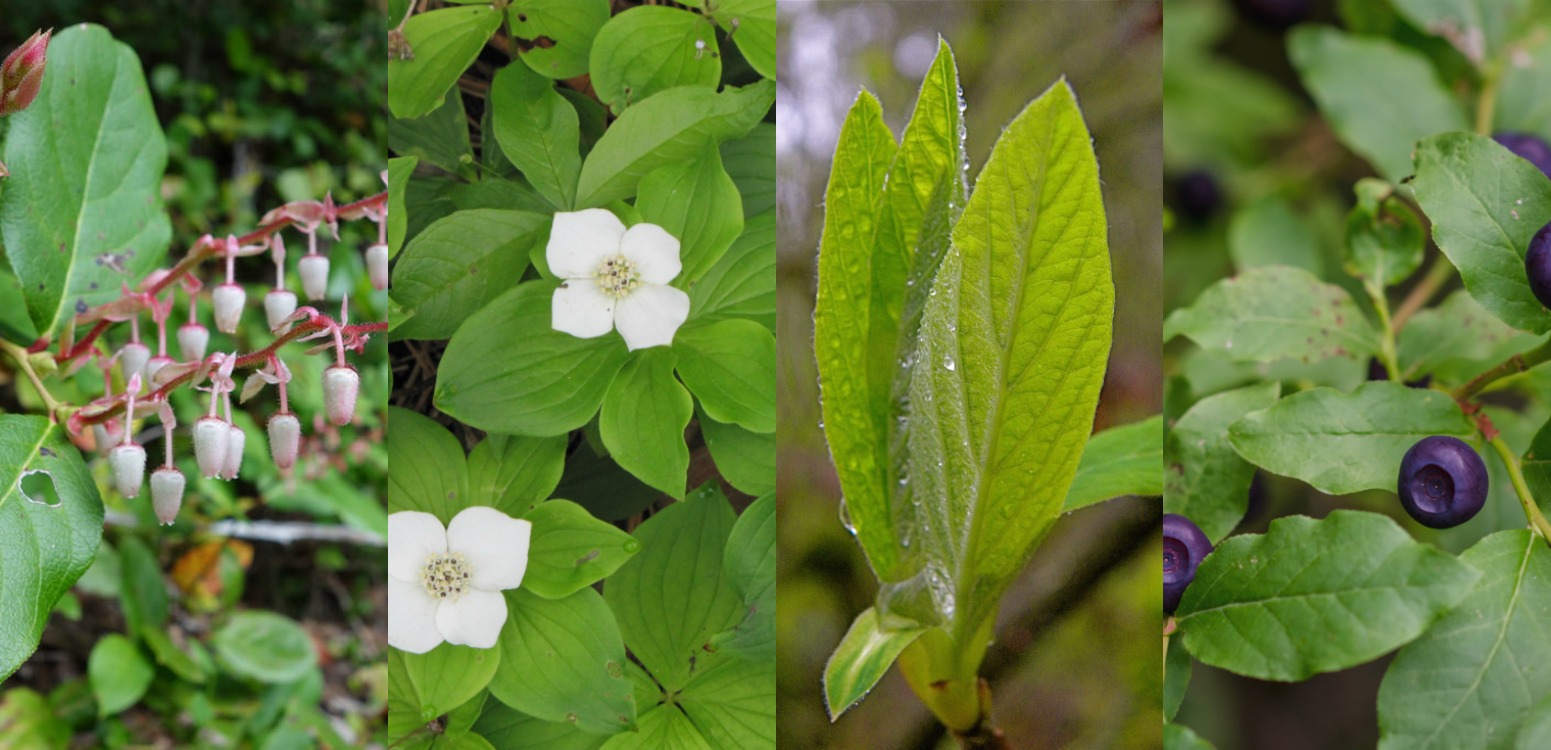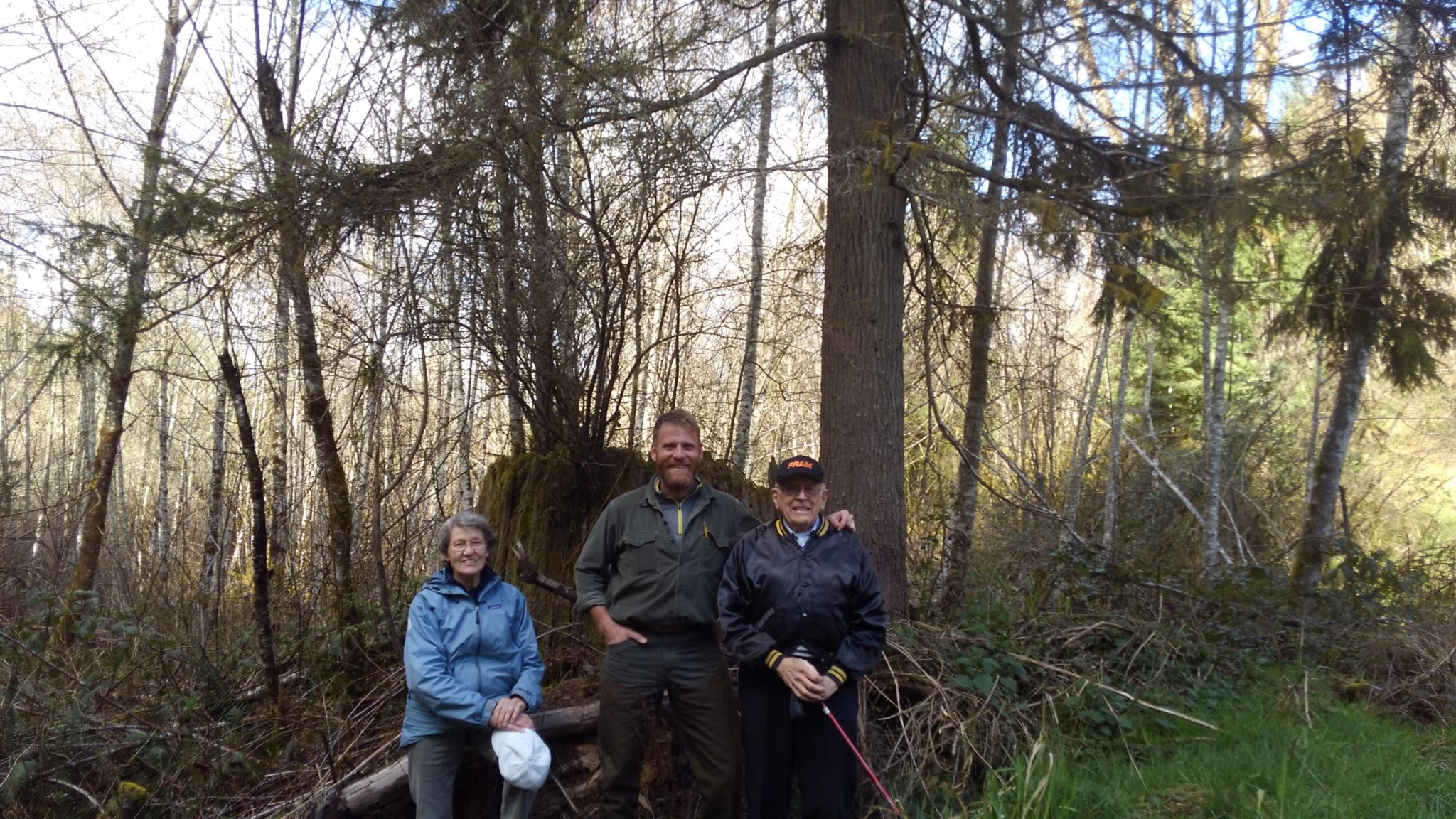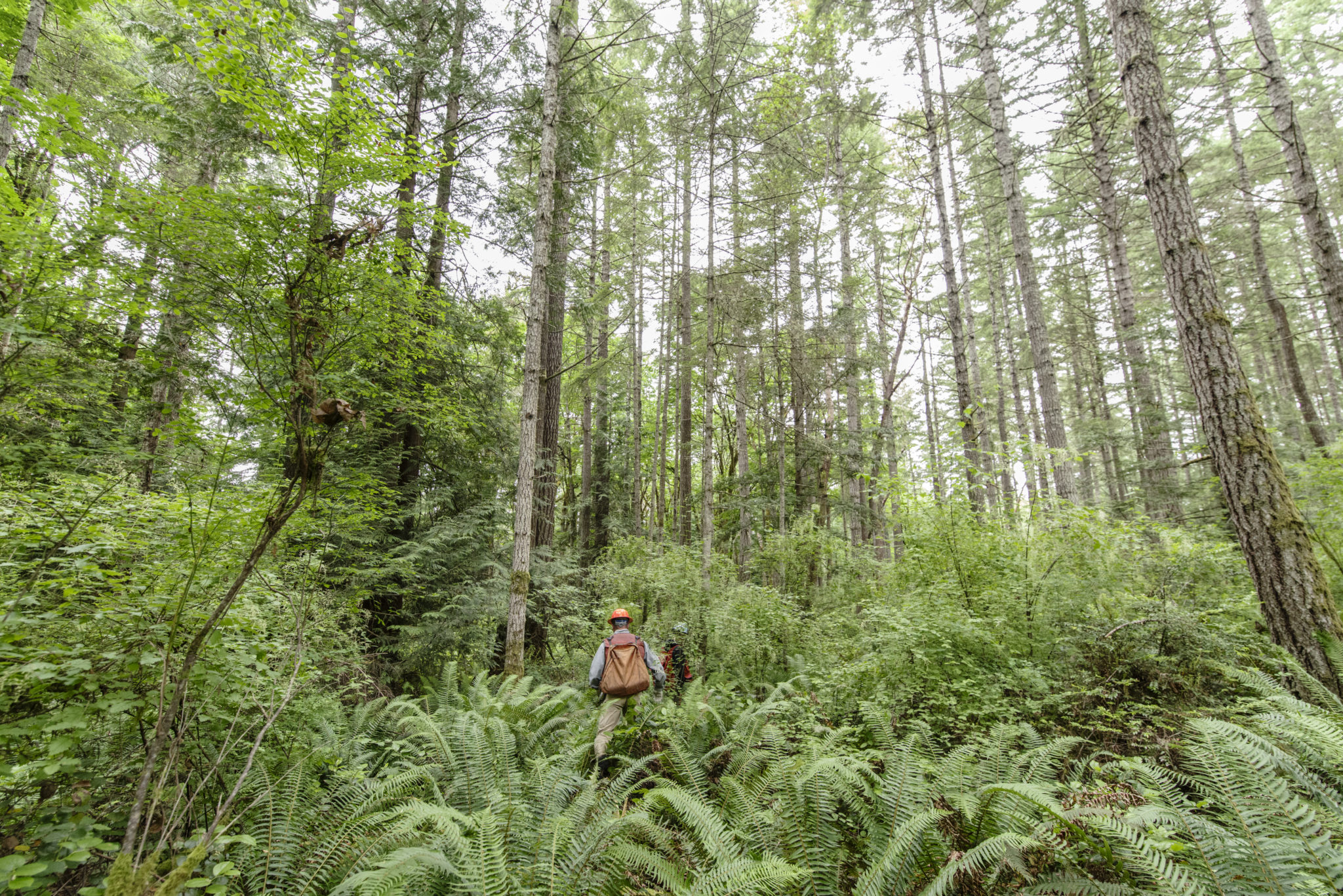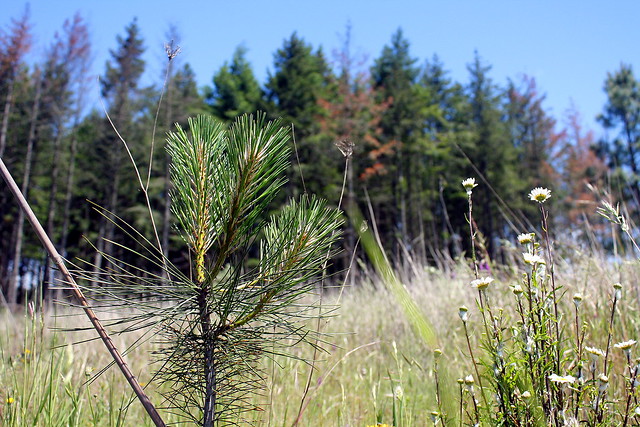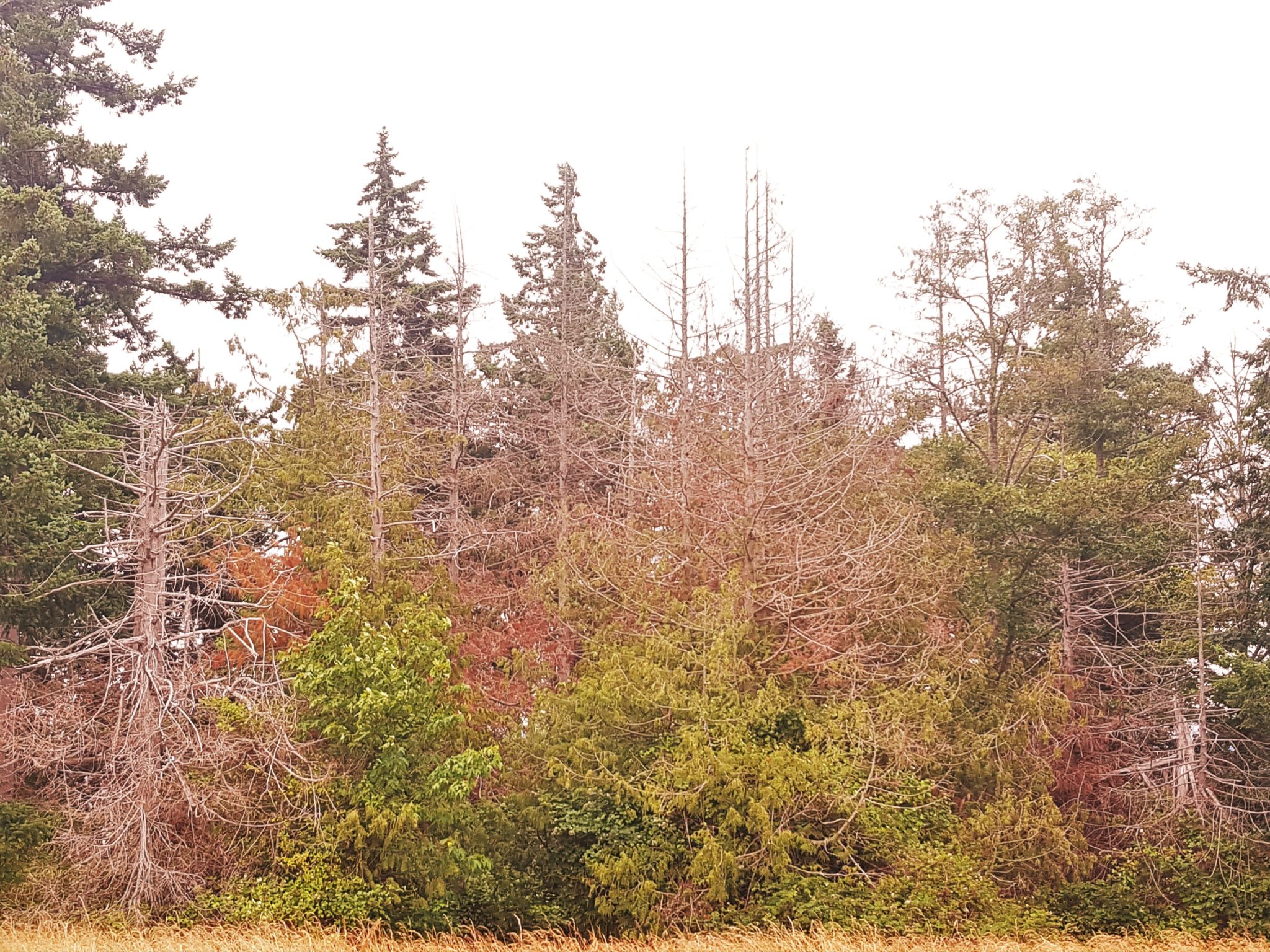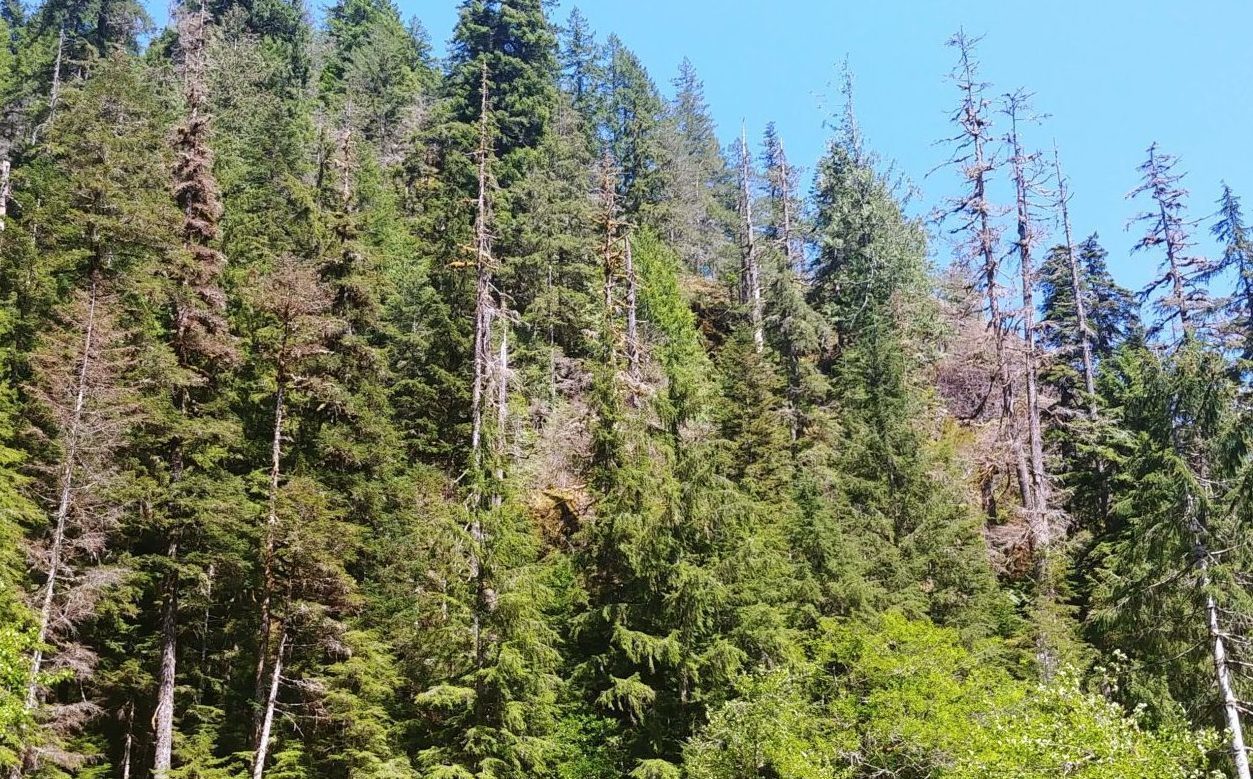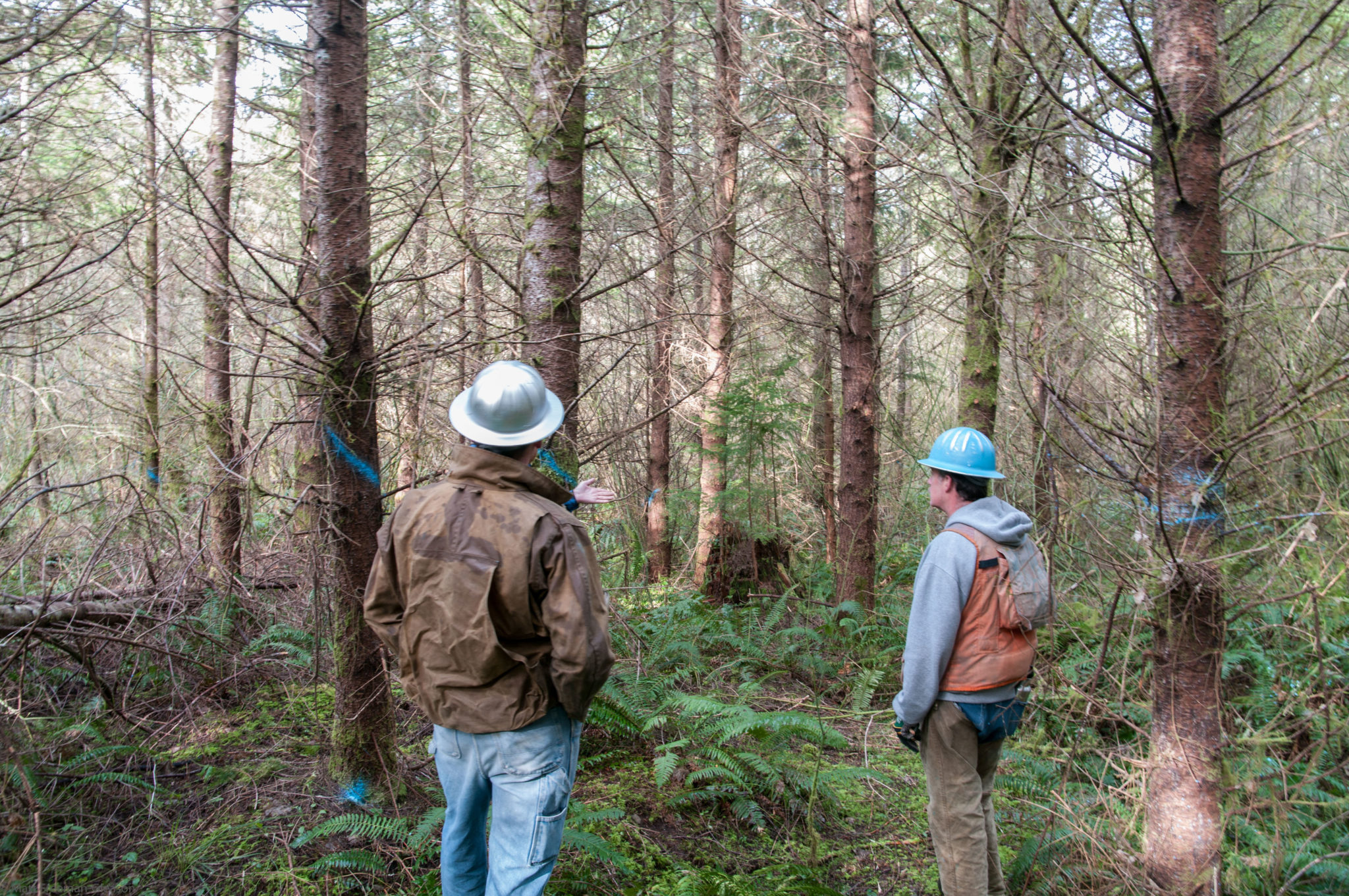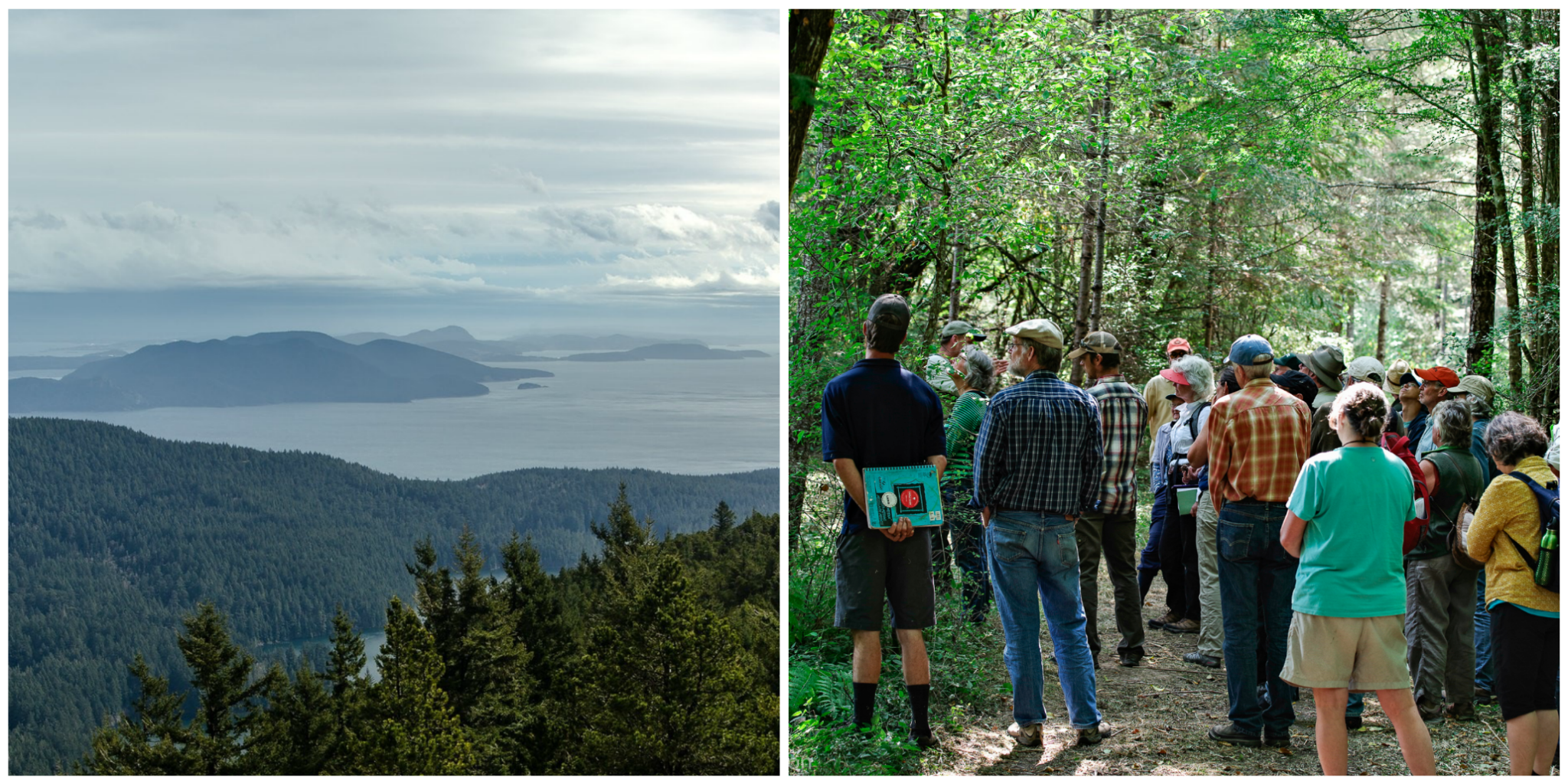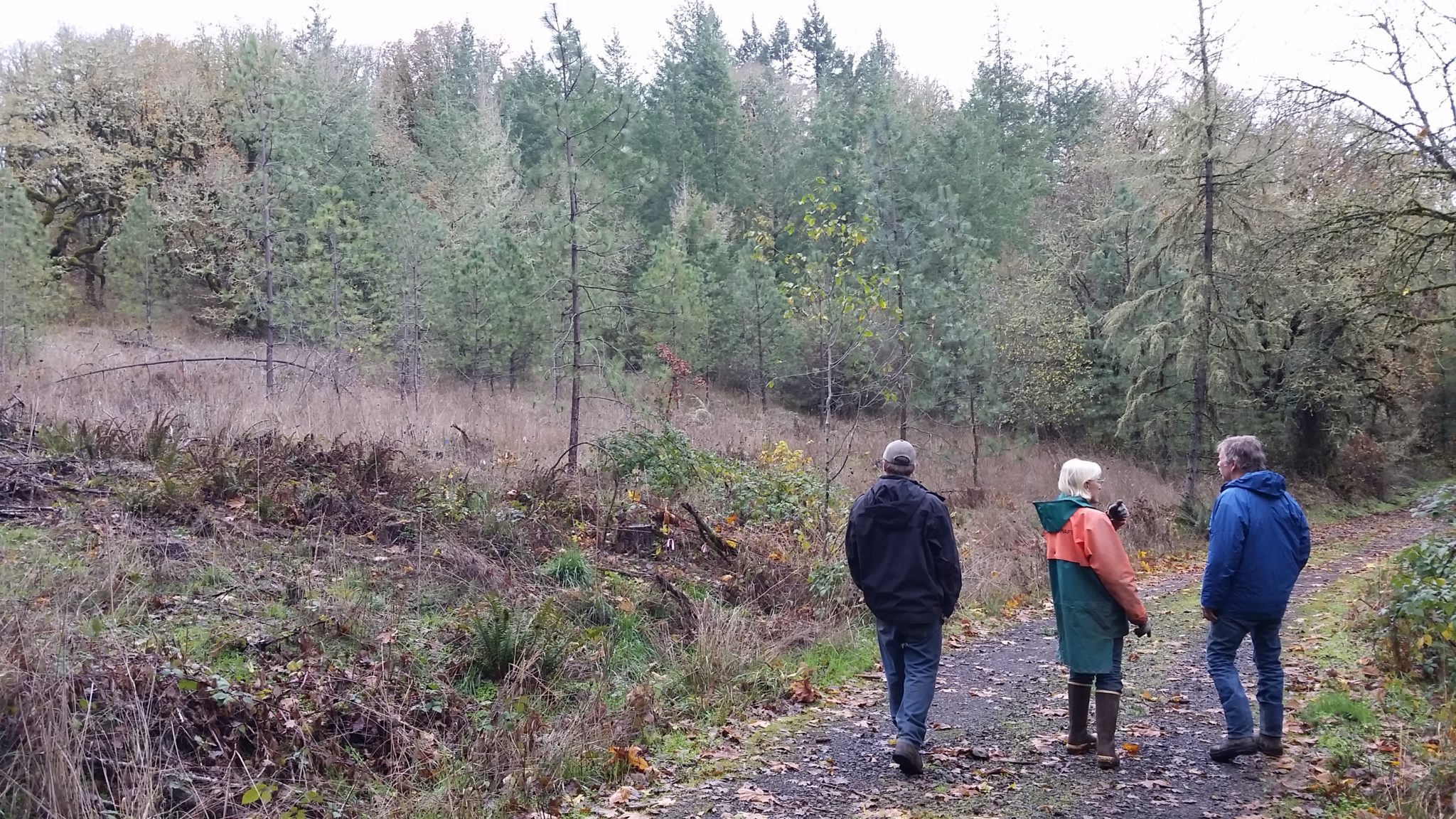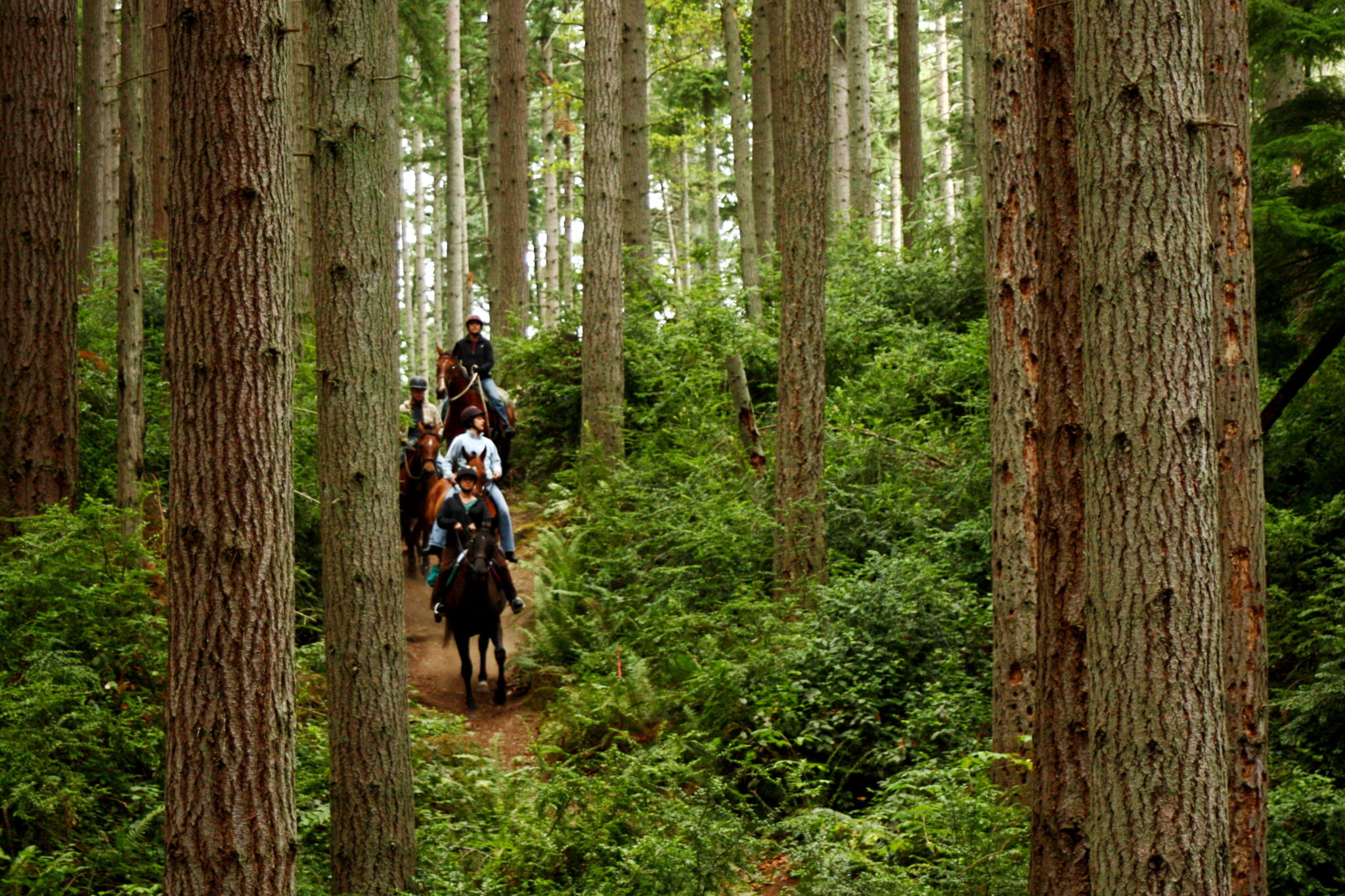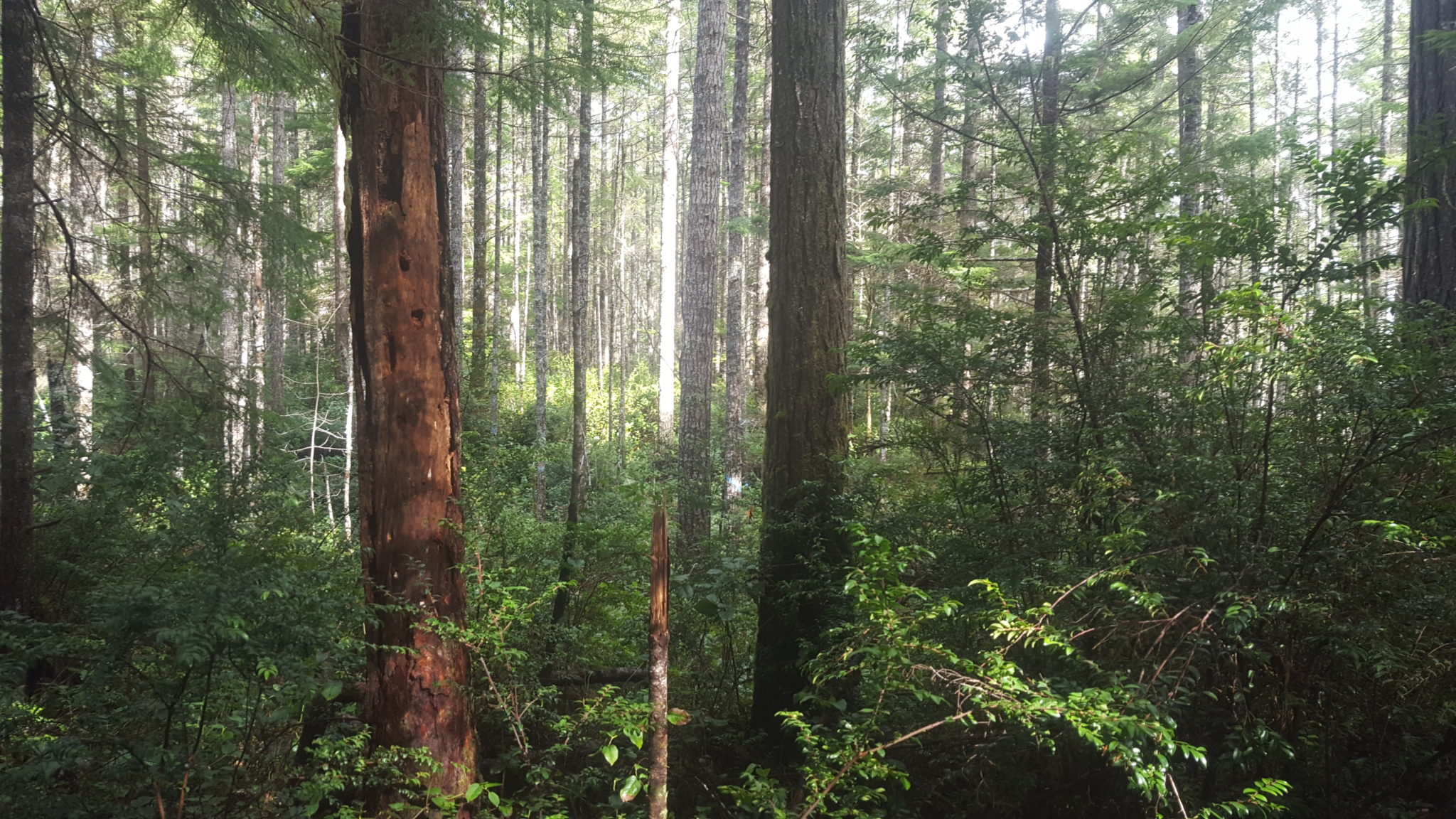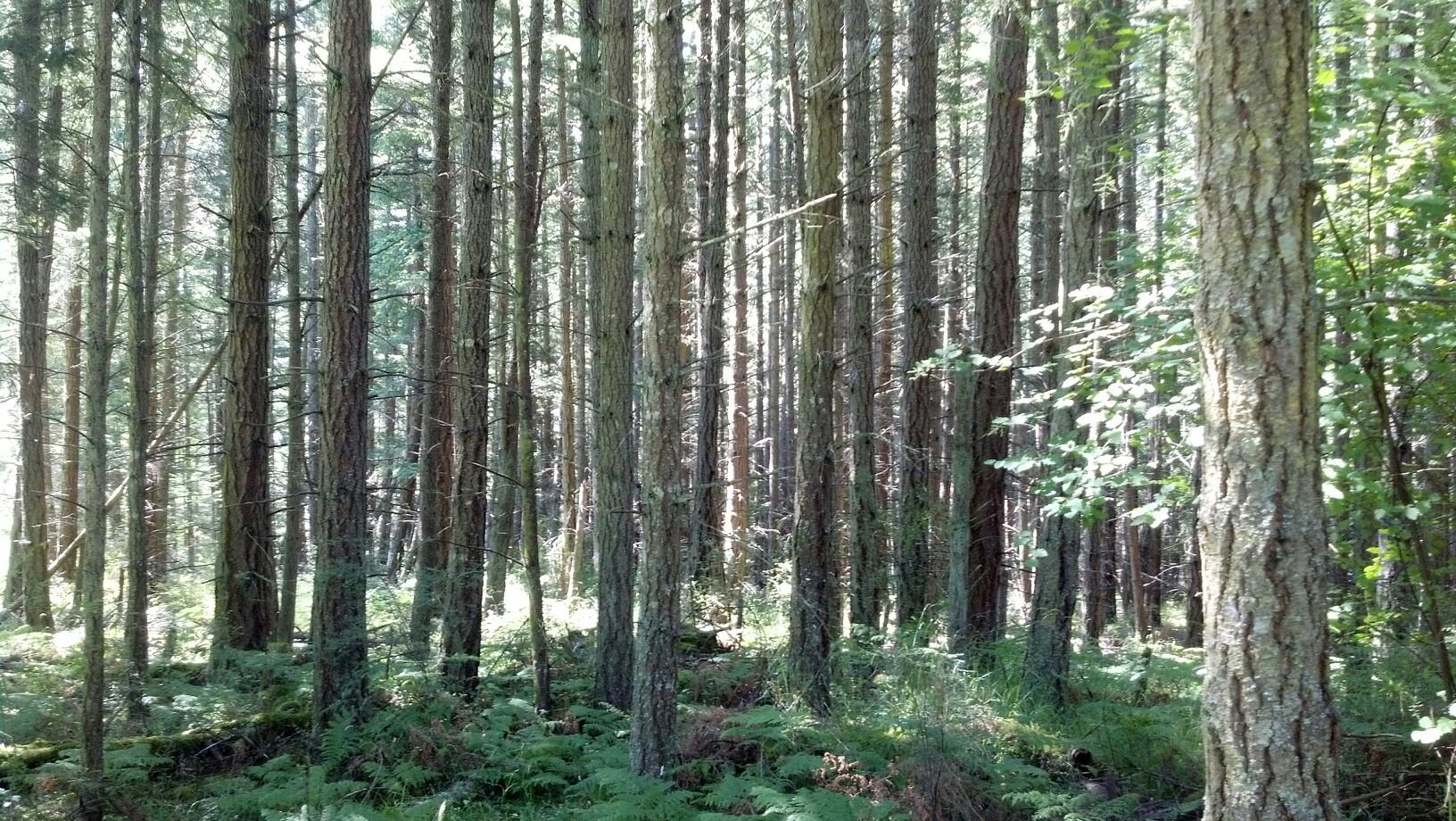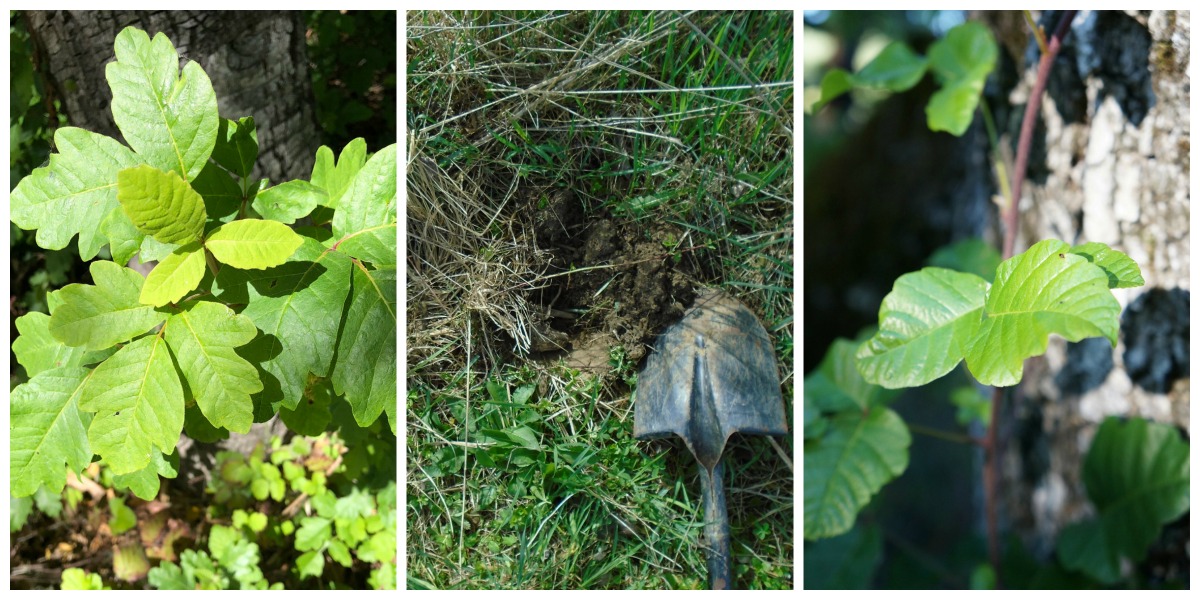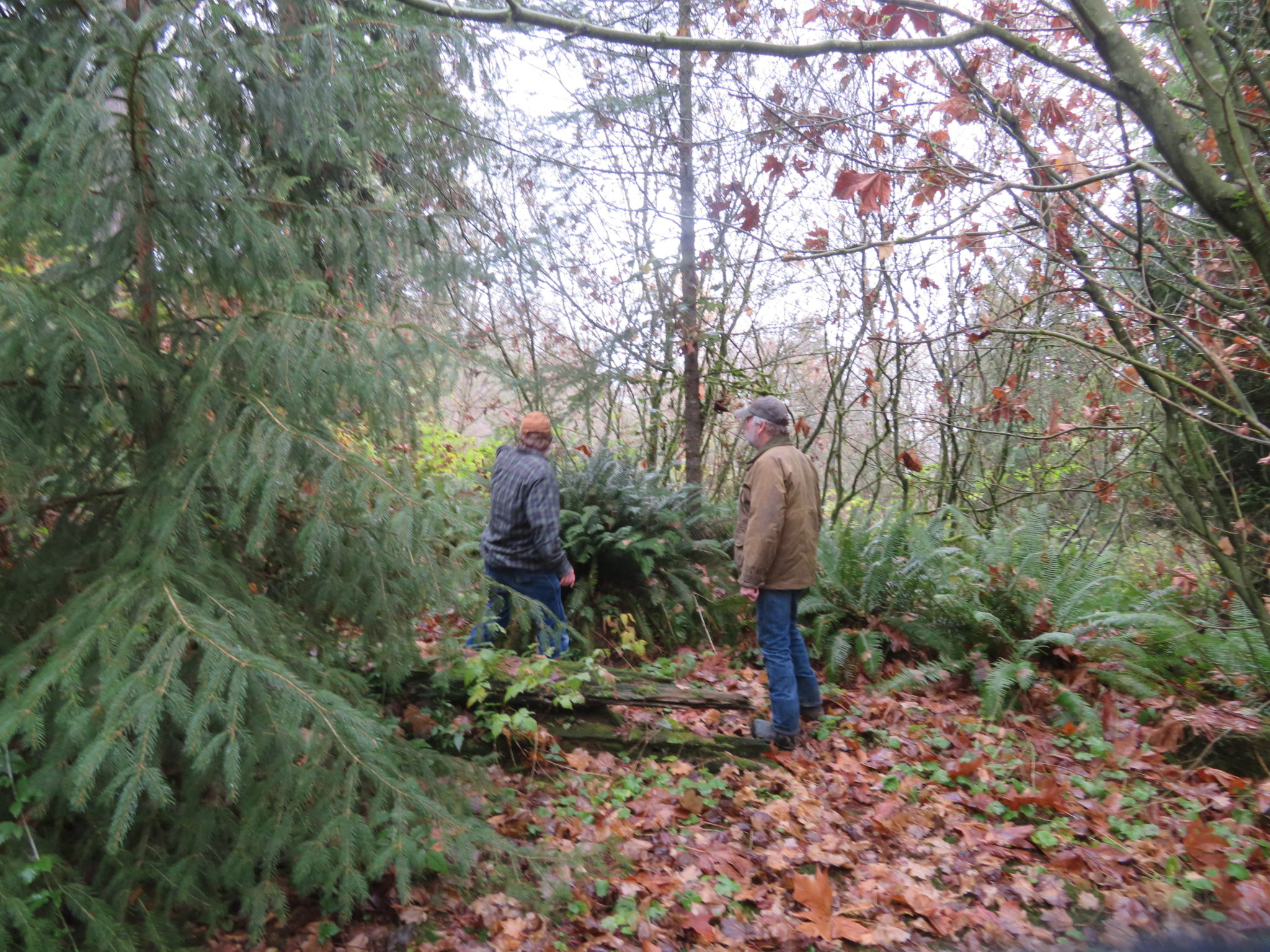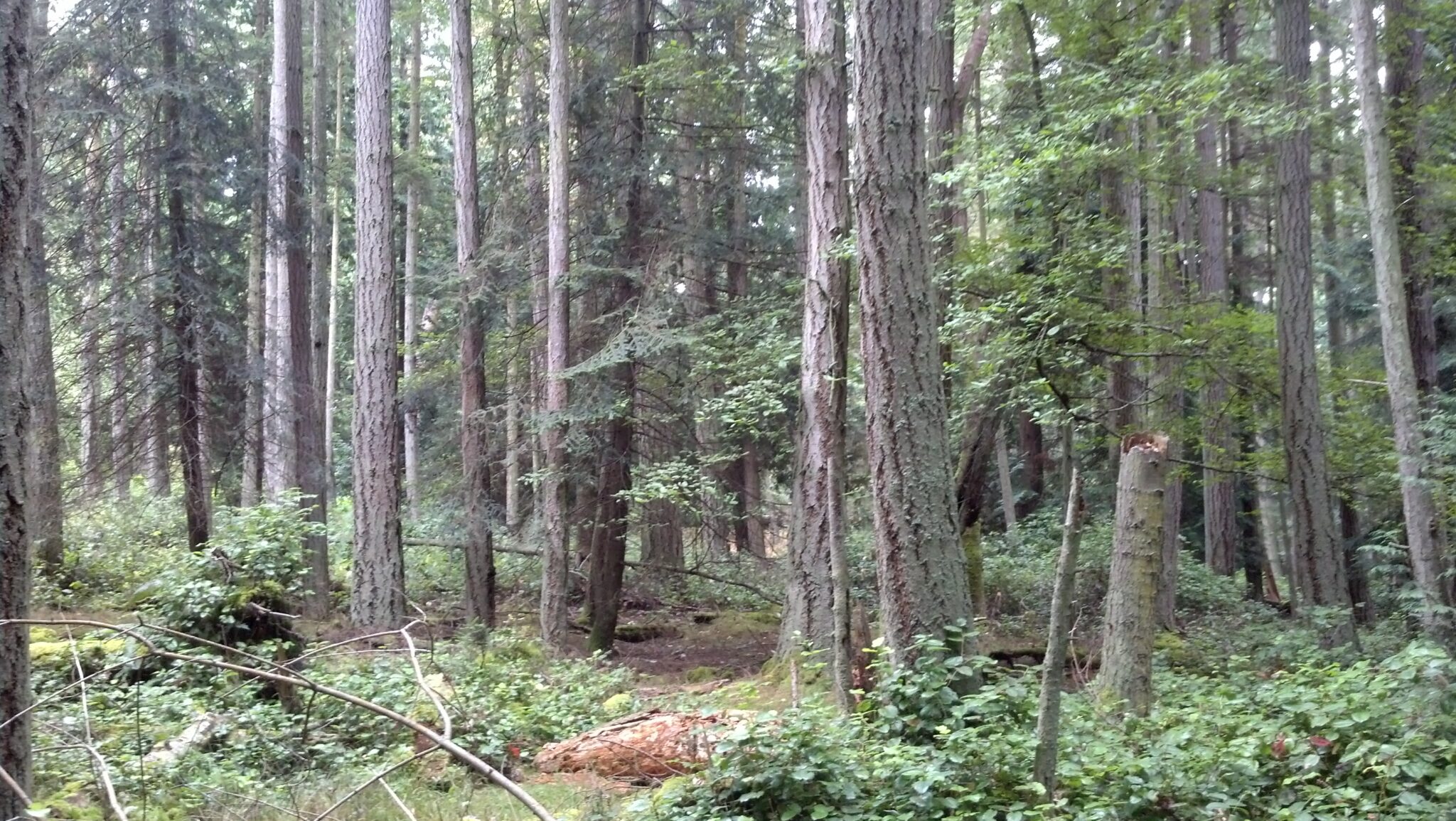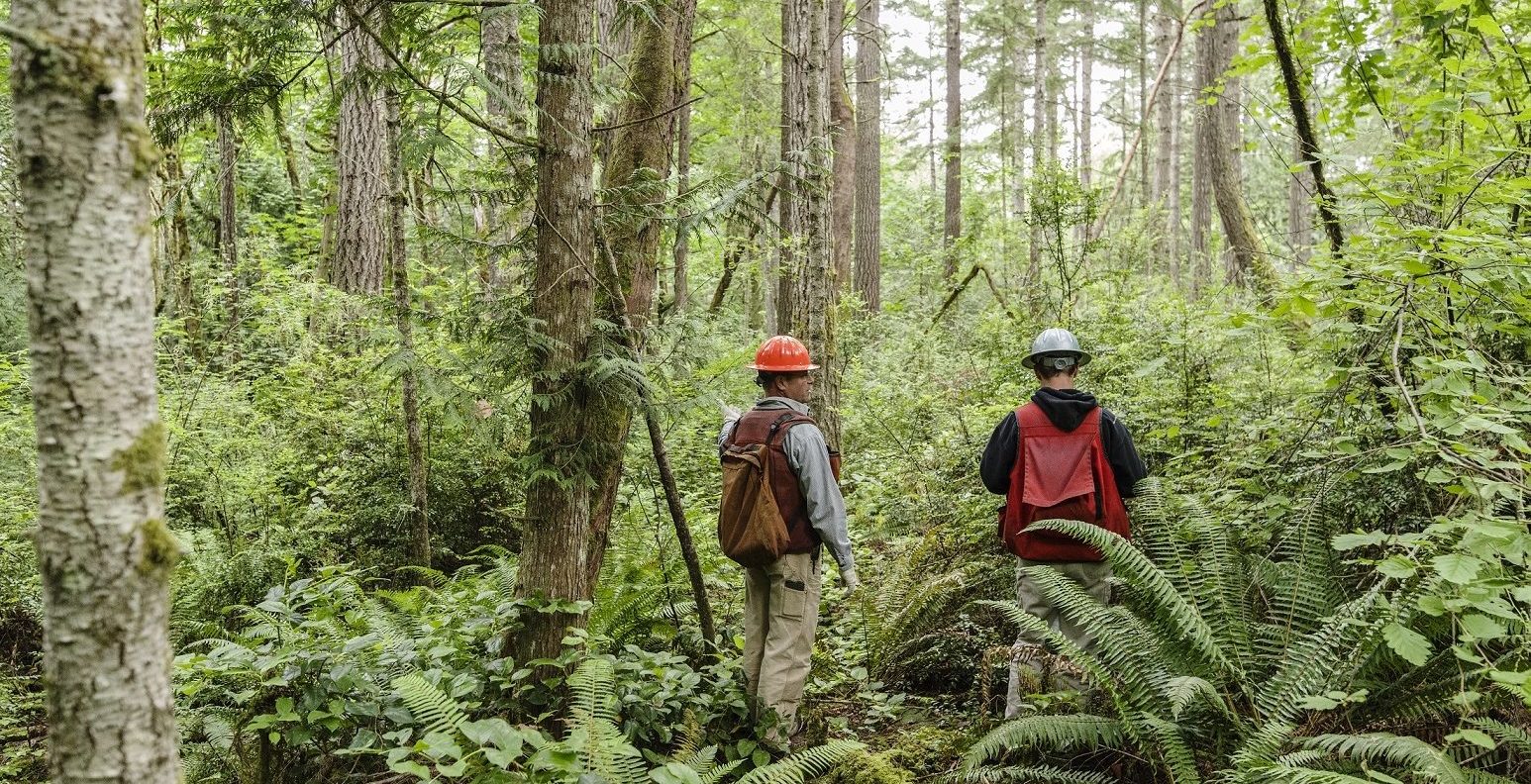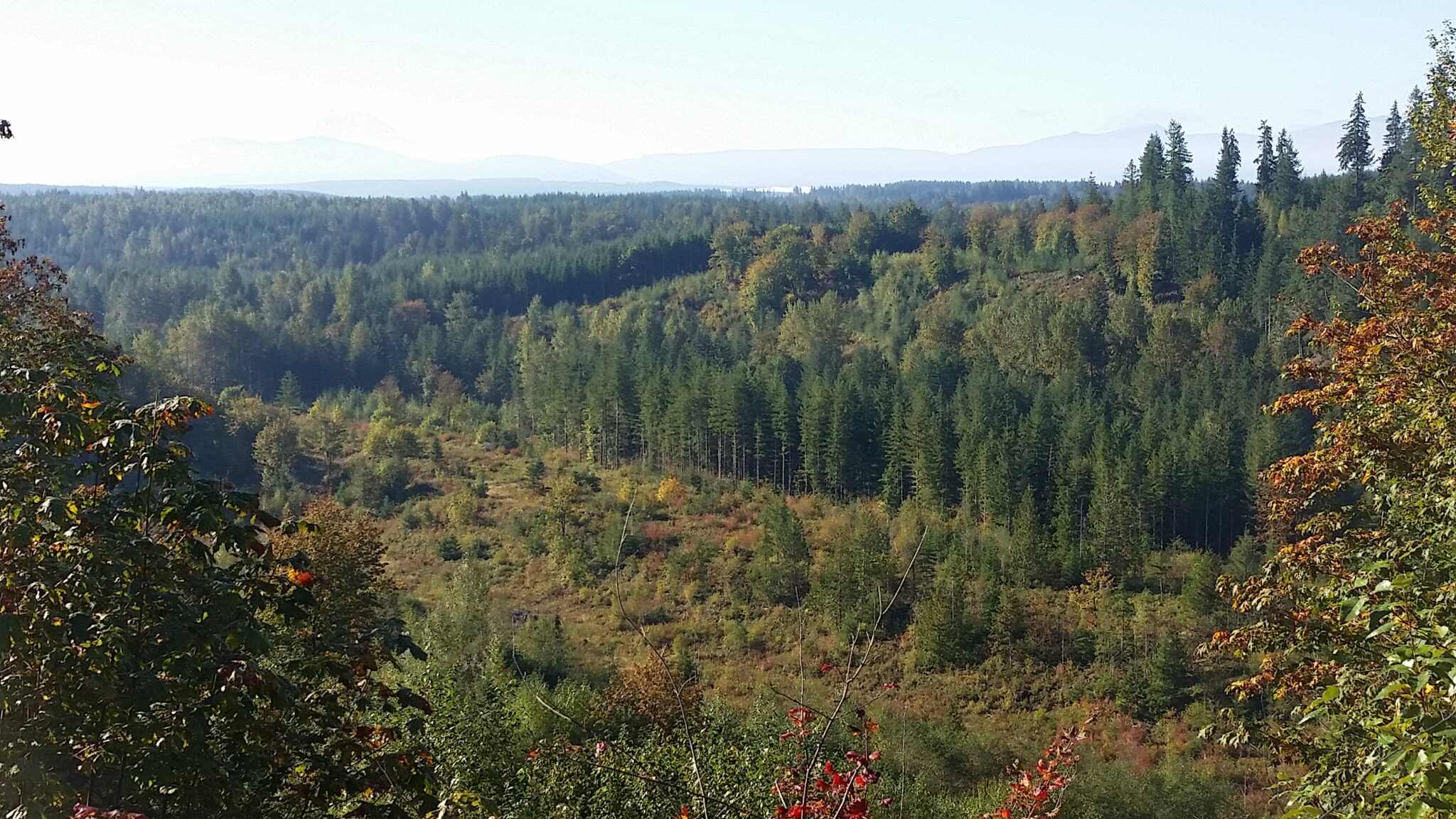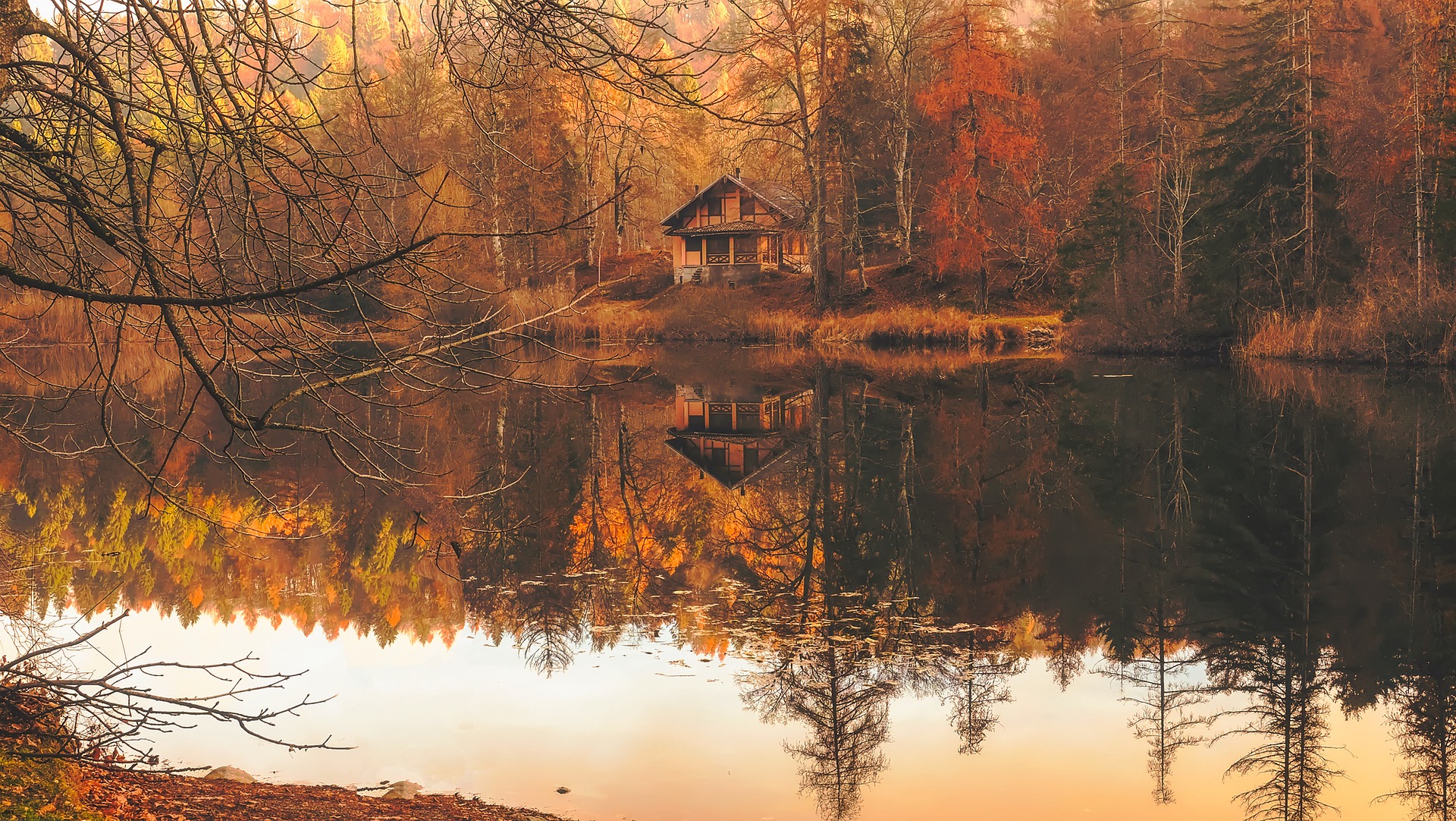2019 was a productive year for NNRG and the forests our members steward! We are so inspired by the landowners and managers in our community who worked to enhance habitat for threatened and endangered species, removed invasive species, planted a diverse array of native seedlings and shrubs, and pursued new markets for local wood products. […]
2020 Winter/Spring Native Plant Sales
The winter wet season in the Pacific Northwest is an ideal time to plant young trees and native shrubs! Planting native trees and shrubs enhances forest biodiversity by providing habitat for wildlife and forage for pollinators. It’s also a great way connect to the land and increase your aesthetic and recreational appreciation for the forest.
The Ever-Evolving Hanson Family Forest
My family recently bought a new tract of forestland near Bucoda, WA about five miles north of the town of Centralia. The land straddles a clay hill that is part of a vast ripple of prehistoric marine sediment laid down millions of years ago when this area was submerged beneath the Pacific Ocean. The soils, […]
Welcoming new staff to NNRG
With the turning of the seasons Northwest Natural Resource Group welcomes crunching leaves underfoot, bounties of forest fungi—and two new staff members!
Salem Workshop: Climate Adaptation Strategies for Pacific Northwest Forests
Climate change poses significant challenges for small forest owners in the Northwest. NNRG is hosting this workshop to help foresters and other land managers consider climate adaptation concepts and strategies in their management practices to meet their clients’ goals and sustain forests into the future.
Olympia Workshop: Climate Adaptation Strategies for Pacific Northwest Forests
Climate Adaptation Strategies for Pacific Northwest Forests What Natural Resource Professionals and Land Managers Need to Know Climate change poses significant challenges for small forest owners in the Northwest. NNRG is hosting this workshop to help foresters and other land managers consider climate adaptation concepts and strategies in their management practices to meet their clients’ […]
Everett Workshop: Climate Adaptation Strategies for Pacific Northwest Forests
Climate change poses significant challenges for small forest owners in the Northwest. NNRG is hosting this workshop to help foresters and other land managers consider climate adaptation concepts and strategies in their management practices to meet their clients’ goals and sustain forests into the future.
The Rhyme & Reason Behind Pre-Commercial Thinning (aka PCT)
Young-stand thinning (aka pre-commercial thinning or PCT) is a silvicultural practice that entails removing the individual trees that are declining in a forest―often they are smaller and have less robust crowns―and are less than 20 years old.
San Juans Workshop: Improving Forest Health and Fire Resistance in a Changing Climate
At this hands-on workshop at Morningstar Farm, local and regional experts will introduce forest owners to simple, do-it-yourself strategies for thinning their forests, mitigating slash and creating value-added products.
Stewarding Woodlands in a Changing Climate
Ben Deumling and his family steward Zena Forest, a member of NNRG’s group FSC® certificate. The largest contiguous block of forest in the Eola Hills of the Willamette Valley, Zena Forest has not been immune to the impacts of climate change. Facing large-scale Douglas-fir die-off, Ben describes below how he and his family are experimenting with planting less-traditional tree species—ones more tolerant to a warming climate.
Seeking Forest Owners for New Study
You know better than anyone what kind of management work you’ve done in your forest, and what sorts of financial and ecological results its produced. Your closest forest-owning neighbor might have taken a different approach but ended up with similar results.
Go Play in One of King County’s Forests
Want to know what a well-managed forest looks like? Walk, run, or ride through one of King County’s forestlands.
Skokomish Tribal Forest Certified
The Skokomish Indian Tribe has earned Forest Stewardship Council® certification for its 2,100-acre forest at the south end of Hood Canal, making it the first tribe in Washington state to gain that endorsement.The Skokomish Tribe join three other Indian tribes in the United States in maintaining FSC® certification: the Coquille Tribe in Oregon, the Hoopa Valley Tribal Council in California, and the Menominee in Wisconsin.
Prepare Your Home and Forest for Wildfire
Fire is as natural a part of Pacific Northwest forests as the rain and sun. And while the type and frequencies of wildfire differs east and west of the Cascades, landowners everywhere can prepare their homes and forests for wildfire if it arrives.
Prepare Your Forest for a Warmer Future With Rhus diversiloba
As the climate changes, it isn’t enough to think about the species that make up the tree canopy. [Editor’s note: This post first appeared on *wink* April 1, 2019.] We must consider the understory as well — currently composed of a variety of species in western Washington, from devil’s club and skunk cabbage on the […]
Where There’s a Will, There’s a Way to Combat Blackberries!
Pair Family Forest, situated in the Snoqualmie Valley just west of Duvall, had a serious invasives problem when the family purchased the land in 2005. About a third of the property was choked with tangled pockets of Himalayan blackberry thicket. The brambles had muscled out the native shrubbery and posed a serious problem for Wayne, who had visions of transforming his forest into a mixed-age, biologically-rich ecosystem.
NNRG Wraps Up Year-long Project on Biomass & Biofuels
This month, NNRG wrapped up a project to help landowners in the San Juans improve forest health, reduce wildfire risk, and use the slash and woody biomass byproducts in creative and beneficial ways.
An Easier Way to Inventory Your Forest
Conducting a timber and woody biomass inventory of a forest may sound complicated. But as a forest owner, it’s one of the first steps you’ll need to take before diving into the substantial decisions of how to steward your forest.
Snapshots from Stossel Creek Reforestation Project
NNRG is working with Mountains to Sound Greenway Trust and Seattle City Light to return these 150 acres of previously logged land to healthy forest using climate-adapted practices.
Forestry Tips for Autumn
Each season presents the best time to conduct different stewardship activities. Timing your forest management for the ideal season will help you achieve success and avoid setbacks. This page provides tips to help you make the most of autumn out in your woods.

